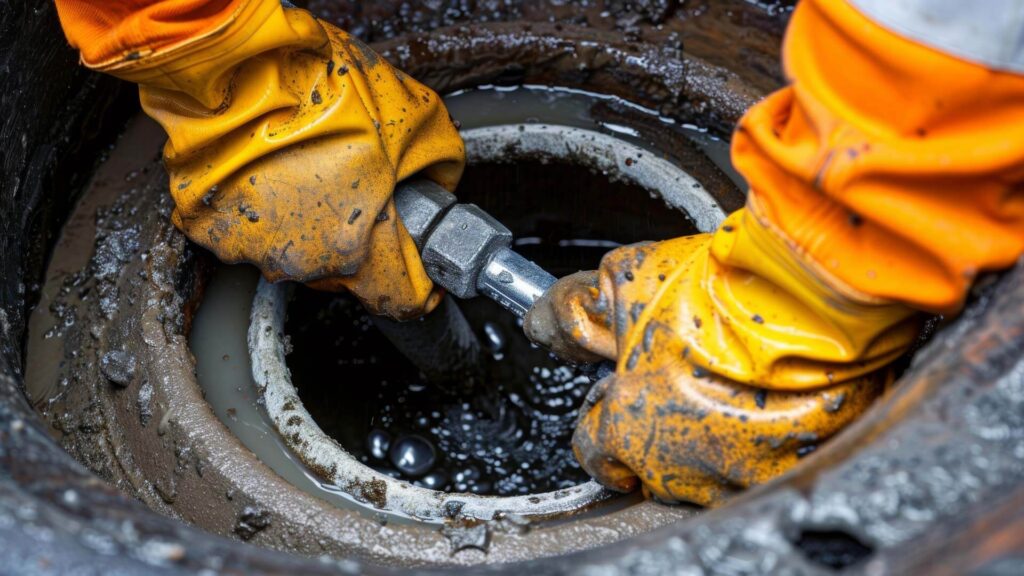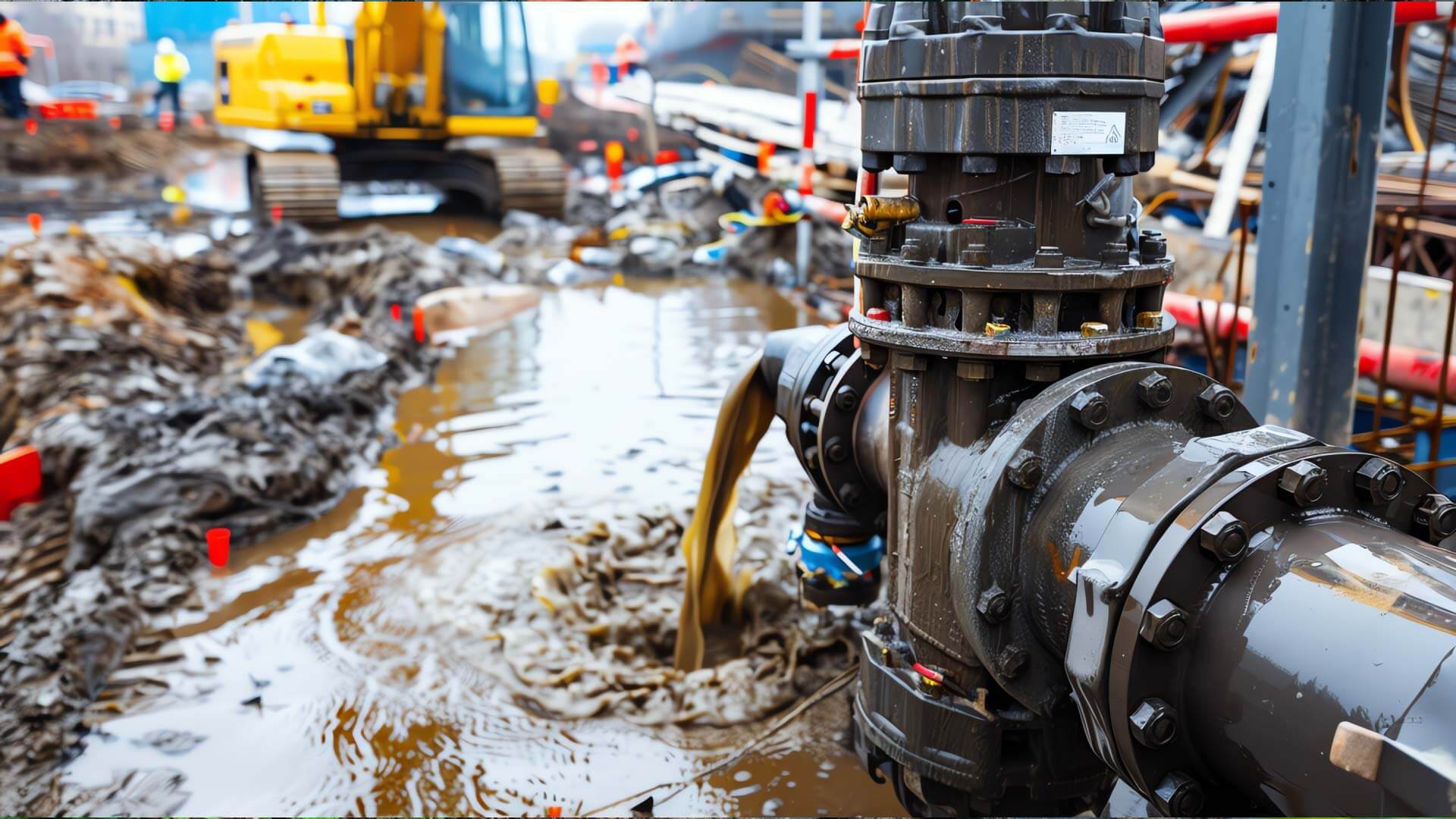In situations where excess water threatens property or disrupts environments, quick and effective drainage is essential. Whether it’s a flooded basement, a waterlogged construction site, or regular pool maintenance, water removal pumps play a crucial role in managing water efficiently. These pumps offer a reliable solution for clearing water, protecting infrastructure, and ensuring safe conditions. With various water removal pump types available, it’s essential to understand each type’s features to choose the best pump to remove water for specific needs. Water removal pumps can provide long-lasting solutions for both emergency and routine drainage needs, giving users confidence in their ability to manage water-related issues.
Key Benefits of Using Water Removal Pumps
Water removal pumps provide quick, dependable solutions for efficiently managing water in diverse scenarios. By swiftly removing unwanted water, they protect structures, prevent potential damage, and maintain safety. The benefits of using pumps for water removal extend beyond simply removing water. They help avoid delays in construction, reduce the risk of mold and structural issues, and serve as safeguards during emergencies like flooding. When it comes to unexpected water accumulation, having water removal pumps on hand ensures a proactive approach to managing excess water. In disaster-prone areas, pumps for water removal are invaluable in preventing flood damage and restoring safe conditions.
Additionally, water removal pumps save time by eliminating the need for manual drainage, a labor-intensive and inefficient task. They provide a proactive water management measure, helping individuals and businesses stay prepared for both routine tasks and emergencies. The range of water removal pump types allows for tailored solutions, so you can select the right pump for your needs, whether handling clean water or debris-laden liquid. Investing in water removal pumps brings peace of mind and protection for a range of drainage challenges. If you’re looking for a pump to remove water effectively, these pumps provide flexible options for every application.
Overview of Water Removal Pump Types
Choosing the appropriate water removal pump is key to effective and efficient drainage. Each type is designed to handle specific tasks and environments, making it important to match the pump to the job requirements. Here’s a look at some common water removal pump types:
- Submersible Pumps
Submersible pumps are built to operate fully submerged in water, making them ideal for large-scale tasks. These pumps handle high volumes and are frequently used in deep water applications, such as basements or pools. Their design ensures they stay cool even when fully submerged, reducing overheating risks. For heavy-duty tasks needing quick clearance, a submersible pump is often the best pump to remove water reliably. As one of the most robust water removal pumps, submersible models can handle a variety of conditions. - Centrifugal Pumps
Centrifugal pumps work by using a rotating impeller to create force, drawing in water and pushing it through the outlet. This action makes them highly effective for quick drainage over short distances. Centrifugal water removal pumps are commonly used in scenarios needing swift water movement, such as shallow flooding or water transfer tasks, providing a steady, continuous flow. This type remains one of the most widely used water removal pumps for its efficiency and ease of use. - Trash Pumps
Trash pumps are designed to handle water mixed with debris, making them suitable for construction sites or flood-affected areas. These pumps manage mud, sand, and other particulates that would clog other types. As a rugged water removal pump type, trash pumps excel in outdoor settings where water is not entirely clean. They are especially valuable as pumps for water removal in challenging environments where sediment and particulates are common. - Utility Pumps
Utility pumps are versatile, general-purpose pumps often used in residential and light commercial applications. These pumps are lightweight and portable, ideal for tasks like draining small pools or ponds. Though not designed for heavy debris, utility pumps are convenient for small water removal tasks, making them popular as pumps for water removal in residential settings. For small projects requiring a straightforward pump to remove water, utility pumps offer an accessible solution.

Choosing the Right Pump to Remove Water: Key Considerations
When selecting a water removal pump, consider the specific requirements of the job:
- Flow Rate and Pump Capacity
Flow rate determines how quickly a pump moves water. Choosing a pump with an adequate flow rate is essential, especially for larger areas needing rapid water removal. High-capacity water removal pumps are best for large or deep spaces, ensuring efficient and quick water clearing. - Head Pressure Needs
Head pressure is the height over which a pump moves water. High-head pumps are needed for vertical water transport, while low-head pumps are sufficient for shallow tasks. Knowing head pressure requirements ensures optimal drainage performance with the right water removal pumps. - Portability and Power Source
Portability matters if a pump is needed in multiple areas. Pumps come in electric, gas, and battery-powered options. Electric pumps are ideal for indoor use, while gas-powered pumps are suitable for remote locations without electricity. Portability in water removal pumps allows for flexible use across various locations, making them effective pumps for water removal across different work sites. - Debris Handling Capability
If water contains debris, select a pump that can manage it. Trash pumps, for instance, are built for water mixed with mud, sand, or small rocks. Choosing a pump compatible with water and debris ensures reliable performance and longer life. For those dealing with murky or debris-filled water, choosing a pump to remove water with debris-handling capabilities is crucial.
Common Applications for Water Removal Pumps
Water removal pumps are essential in numerous scenarios:
- Flooded Basements or Crawl Spaces
When heavy rain or plumbing failures cause basement flooding, water removal pumps prevent structural damage and mold growth. - Construction Site Drainage
Construction sites need pumps for water removal to keep areas dry, prevent erosion, and maintain safe conditions. - Pool and Pond Maintenance
Water removal pumps are often used to drain pools or ponds for cleaning or maintenance. - Emergency Water Removal in Flood Situations
During floods, water removal pumps provide relief by draining water from affected areas. High-capacity pumps are often used, offering a reliable solution for emergency management.
Conclusion
Choosing the right water removal pump is crucial for efficient drainage across various situations. By assessing specific needs and considering factors like pump type, capacity, and debris handling capability, you can manage excess water quickly and reliably. From flooded basements to construction sites, water removal pumps provide a versatile tool for tackling water buildup and ensuring safe, dry conditions. Whether it’s a routine task or an emergency, water removal pumps deliver the reliability needed for effective water management. For any situation that requires a pump to remove water, having the right equipment on hand will ensure quick and dependable solutions.

